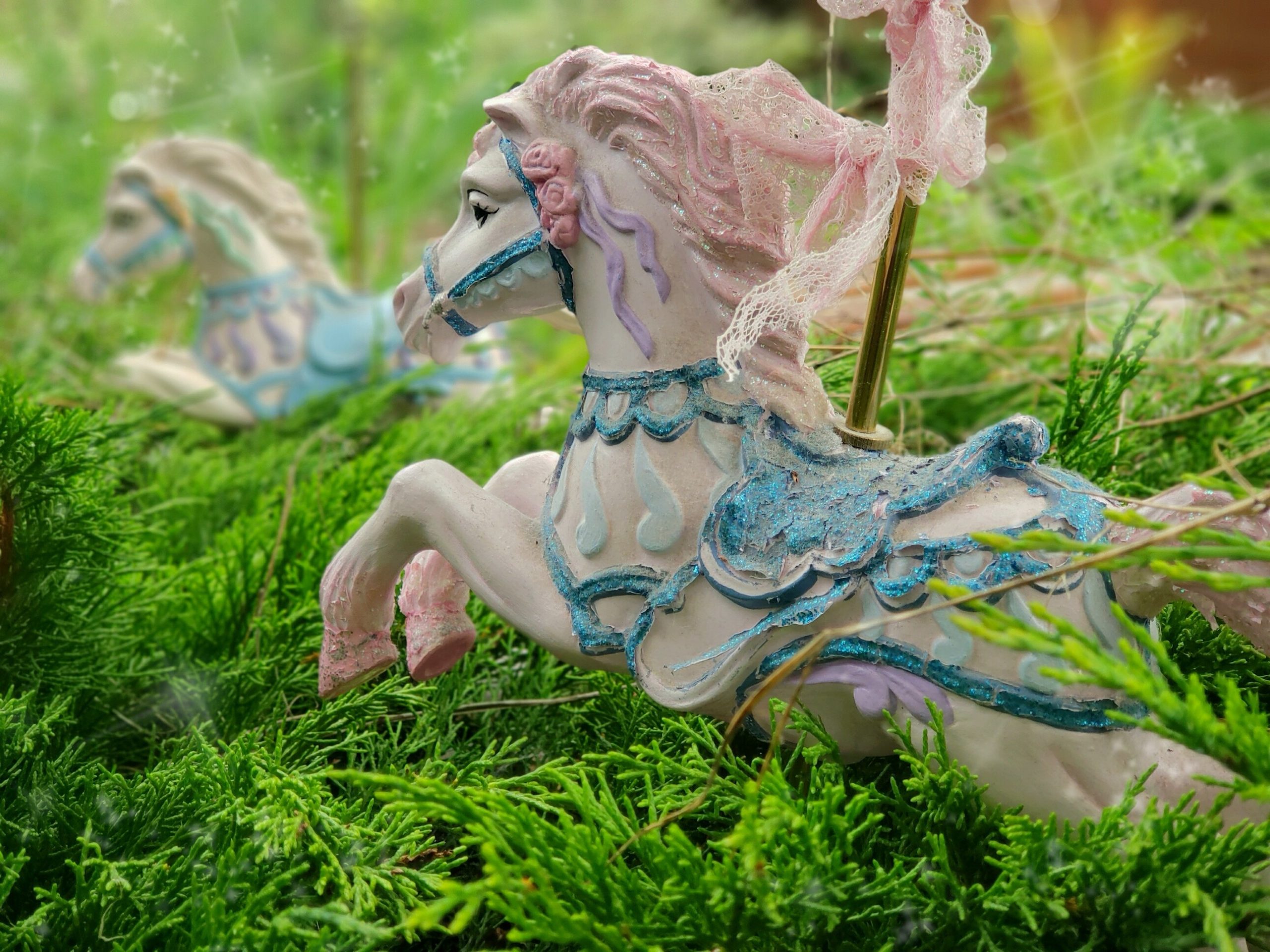
Practice Being Happy
We are often told to be happy, but we are never told how to go about it. “Just choose to” is something that is said commonly, and it makes it sound like the choice to be happy is like flicking a switch. If you have lived for any amount of time, you know that just is not the case. It is not at all like flicking a switch, and it can be so frustrating to be told “just choose to.”
So, what does it mean to choose to be happy?
In my experience, it is something that takes practice and dedication. It is hard work that requires maintenance, motivation, and strength. It is something that seems more impossible the further away from happiness I am, but in my experience, it is something that is doable.
For me, practicing happiness was an acknowledgement and understanding that it was what I was doing. It was reminding myself day in and day out that it was a journey I had set on, and a fight I had decided I was to take on.
For me, it was getting to know myself. As a sprightly young lady at the age of fourteen, I realized that I lost knowing who I was somewhere along my way, and I knew that I had to start over. I started asking myself questions all the time. Most importantly, “why?”
Why didn’t I fix the tag that I noticed was sticking out of the back of my sweater five minutes ago until now?
Well, because I was embarrassed by it, and I thought that fixing it five minutes ago would have drawn attention to it, but if I left it, maybe it would go unnoticed by standers-by.
Why was I embarrassed? Why did I feel so much pressure to make sure attention was not drawn to it?
Well, because I did not want to get ridiculed of it.
Why would anyone care to ridicule me for having my tag stick out? Why would I care if they did?
I do not know
Bad answer. Try again.
I am insecure. I have grown accustom to negative attention and I have grown to fear it. I go out of my way to avoid it.
So, what now?
Next time my tag is sticking out, I will fix it as soon as I notice it.
I asked myself “why” to everything. I kept digging deeper, just like in that example, until I found the root. It was not easy, for a number of reasons, but the most difficult was having to be extremely honest with myself. I practised this until I knew what made me excited or mad, what brought me joy, why I cried… I practised it until I knew who I was and where I wanted to go again.
I asked myself what my values were, and how I viewed the landscape of life. This one is important. You cannot answer this question to yourself the same way you would on a silly little sheet of questions you might get in class at the beginning of the school year. You have to really get into it, because this is going to help you know what you are fighting for. Who you’re fighting to be.
Through my journey into self discovery, I realized that I do not believe in God or an afterlife. This motivated me to identify what I believed purpose was. Here is where I landed:
Life is the biggest thing we have to experience. In the grand scheme of things, we have limited time, but as individuals, the time that we do have is everything. The purpose I have and owe to myself is to live my life to the best of my ability and appreciate all that I have done. My motivation to fight for happiness was to be able to look back some day and be proud of myself realizing that I have spent most of my life happy, or practising happiness.
I realized that it is not about when you pass on, but what you pass on. My motivation to fight for happiness was for the ability to share my laughter, my imagination, and my experiences with the people I cherish.
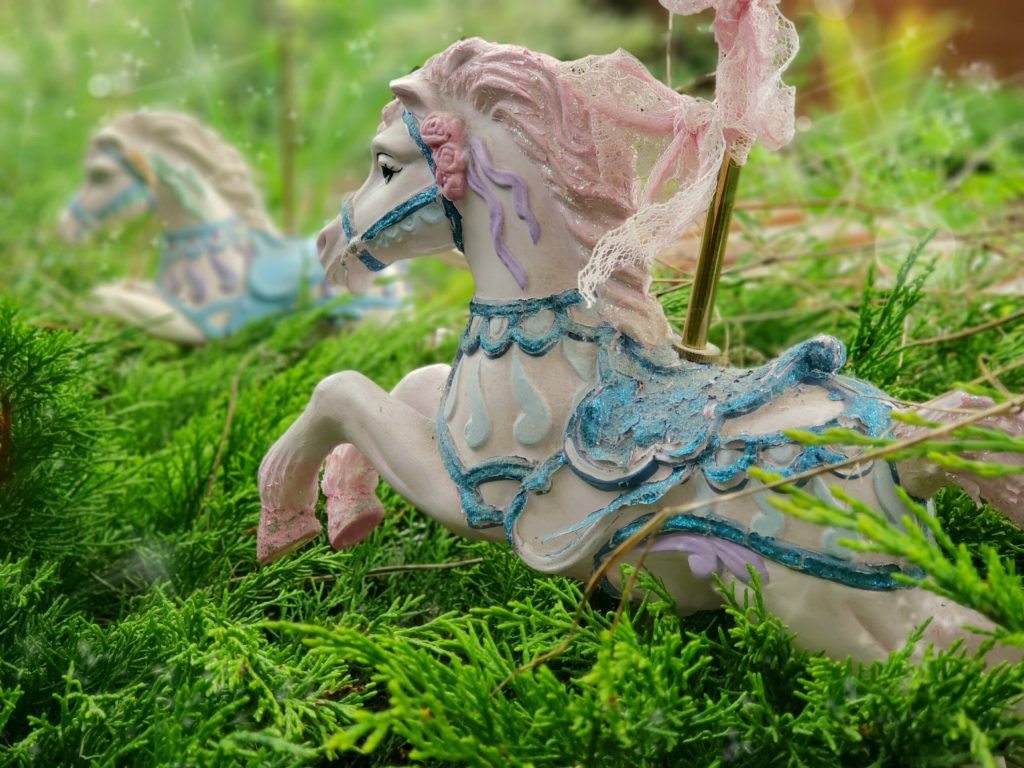
For me, practicing happiness was understanding where happiness with longevity stemmed from. After a great deal of deep thought, I concluded that negativity begins as an external force, and long-lasting positivity begins internally. That being said, this idea is convoluted and there is a lot I need to untangle.
We tend to do a great deal more damage to ourselves than the damage that others can inflict upon us, but the damage never begins with us. We start to believe that we are incapable or lesser-than when that seed is planted in our minds by someone else.
If you take a minute to go back in time to your earliest memories, I am confident that you will find that your mindset back then was one that told you that you could, that you are, and that you will be. It is outside ideas that start to tell you otherwise.
Once that seed is planted, you water it, you nourish it, and it grows from within you. What may have started as a tiny black dot in the back of your head, can turn into a great blanket of smoke because you continued to feed the fire. The more the smoke grows, the thicker it becomes and the harder it is to see through, making it easier for you to believe in it and therefore, furthering its expansion.
Long-lasting positivity begins internally. Often when we are caught up in the smoke, we seek positivity externally. We rely on a friend or a lover or a warm meal or a cozy blanket to help balance us out, and it works. It works, but only for a short while. External positivity works as a great springboard to propel ourselves forward, but if we rely on it as our primary source of happiness, then it falls short. Its lifespan is short, and we find ourselves back in the smoke. Often when we fall back into the haze, we find that its thicker and denser than it was when we left it. That is because the problem was not solved, just temporarily ignored.
That is how I realized that long-lasting positivity begins internally.
My motivation to fight for happiness was to create a foundation of positivity that began from within me so that I could combat the smog.
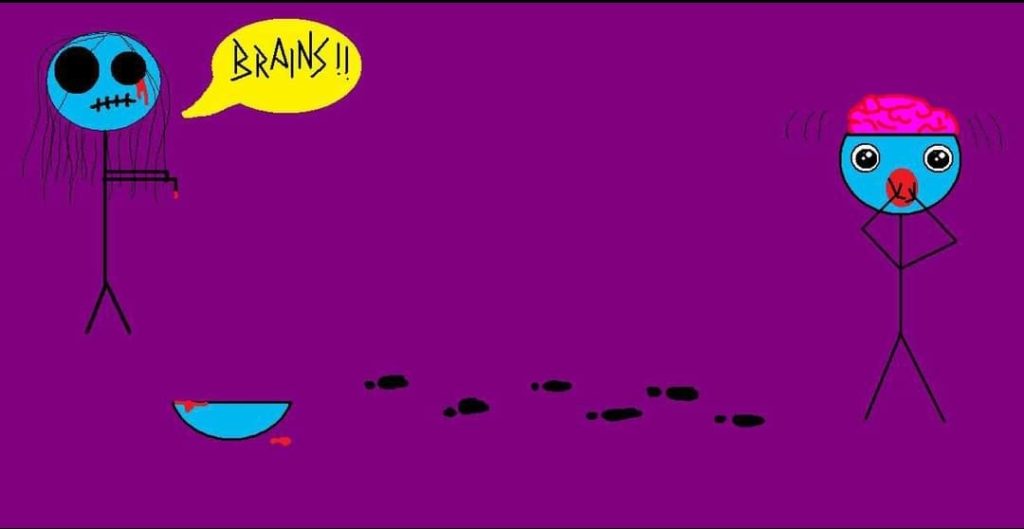
For me, practising happiness was changing how my days were framed. It is easy to spiral and devolve into the burdens and the mishaps that we experience throughout our days. It is easy to see a whole day as a bad day, a week as a bad week, a year as a bad year, and so on, because of the unfortunate events scattered and woven throughout them. It is unsettlingly easy to write off a whole chunk of time and chalk it all up to the horrible things that always, inevitably happen. Unfortunately, it is easier to see our hardships as stacking on top of one another, instead of seeing them as individual, separate events.
I started intentionally pointing out the good things that happened to me throughout my day. I practised saying them out loud.
When someone would ask me, “how was your day?” I would think about how I was going to answer.
There are three categories that I have determined for things that can happen in a day.
- The bad things that I need to vent about.
I would take a minute to think about the bad things. If I thought it was beneficial to get it off my chest, I would allow myself a space in my answer to “how was your day?” to reward myself with the relief of saying it out loud.
- The bad things that do not matter.
Sometimes, we just complain to complain. Sometimes, we find ourselves quickly engulfed by all the tiny pokes and pinches that happen through the course of our day, and sometimes we ramble. I would take a minute to cut out the excess fat before answering the question, “how was your day?”
- The good things.
Sometimes, these can be the most difficult to recall. I would take a minute to think back and filter through all the occurrences of my day and include any of the good things in my answer to the question “how was your day?” Even if there were not that many. Even if there was just one. Even if the only one was something as simple as “I pet my dog.” I have found that expressing the good in my day, saying it out loud and pinpointing it, and receiving a reaction to it can be just as strongly rewarding as venting about the bad things is relieving. I have also discovered that the more I practise this, the more good I am able to find in a day. I even find that when I look back, I notice things I first overlooked on the day where the only good I could remember was that “I pet my dog.”
My motivation to fight for happiness was to set out to find all the things I had to be grateful for.
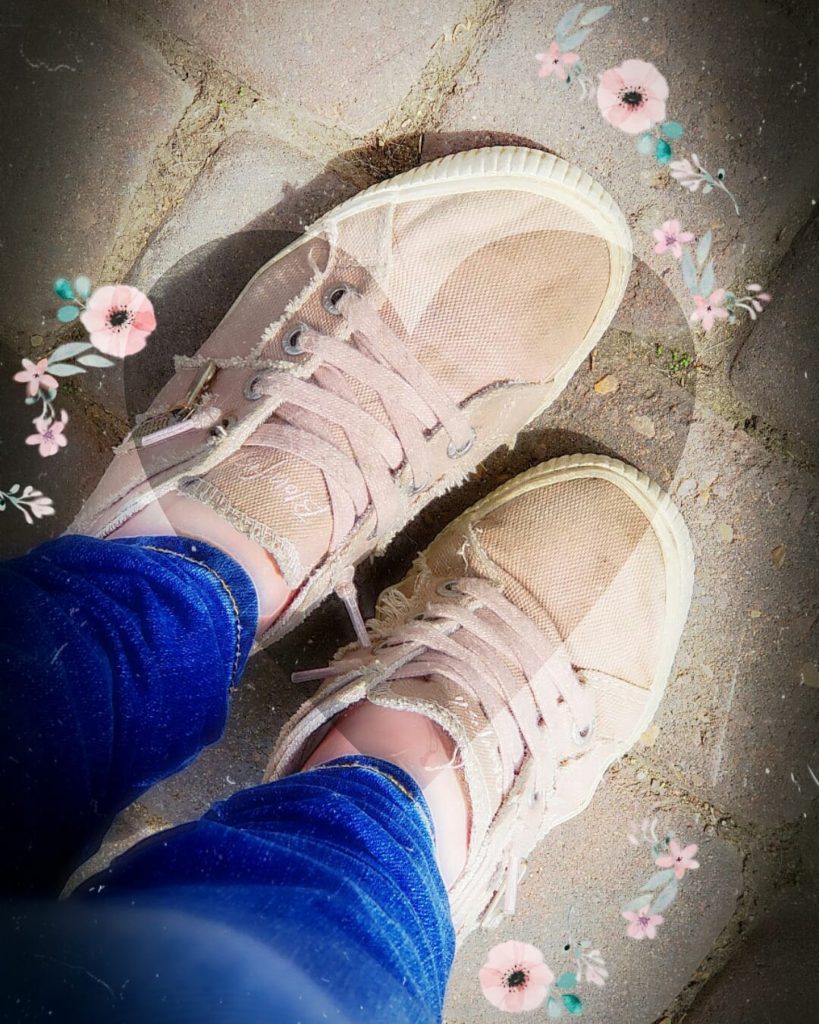
For me, practising happiness was giving myself a goal. This does not mean I have always been planning a whole career path or having a giant five- or ten-year plan on a vision board or anything. The truth is, we are often not in the right headspace or we simply do not have the energy to plan extravagant things like that for ourselves, but I have found it is important to always have something up ahead. Whether it is simple, like completing a puzzle, or in the name of fun, like planning a small trip with your friend, having something with purpose in your future and giving yourself the satisfaction of accomplishment, I have discovered, creates energy from within you. This does not mean that all my goals have been completed. In fact, I am notorious for leaving half-finished projects behind and beginning something new. The most difficult part of a goal for me is actually completing it. It is something I am working on. I have so many plans and ideas tangled inside my head, and I have been focusing on developing the discipline to finish one or two, giving myself small tasks to accomplish because I truly believe in its importance.
My motivation to fight for happiness was always having something to look forward to.
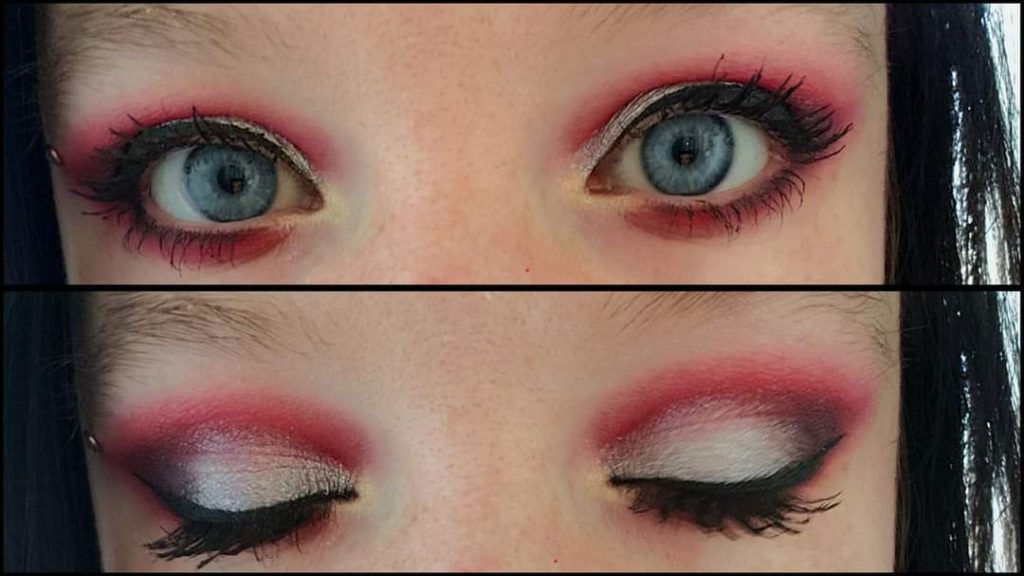
For me, practicing happiness was understanding when I needed to take breaks, and knowing when to take them, and most difficult of all, knowing when it was time to start again. Sometimes, the circumstances around me and the thoughts inside my head would become too much, and I would become exhausted and fatigued. I learned the value in taking time to unwind in the form of lazy days, video media, and cozy blankets. For a while, I thought that fighting meant always moving forward, but if you try and take on too much at once, you hit a breaking point, and often end up worse off than wherever you began. It is crucial to find a space to give your mind a break.
Sometimes, I would let my break carry on for far too long. When I had spent too many days in bed or too much time accomplishing nothing, I would melt and settle into contentment. It is too easy to fall into the spiral of less and less motivation and less and less reason to care. Eventually, I was fueled by frustration when I remembered all the things I wanted to be and realized the time I had wasted by not using it to become that girl. Now, when I take breaks, I take time to look within myself. I reflect on what I am feeling and identify whether it is exhaustion that needs to be relieved or if it is contemplation with the desire to do nothing that sometimes builds up inside of me, and I act accordingly. If I still need rest, I allow myself to have it. If I find that I am coasting, I force myself to find something to help me move forward again. Even if it is an external propeller of happiness, like relying on a loved one to gift me positive encouragement or feeding off the warmth of petting my dog, I do so with the promise that I will use this as a propeller to motivate me to move forward, and not as a primary source of happiness.
My motivation to fight for happiness was to be able to properly, and completely, appreciate the enjoyment of comfort.

For me, practicing happiness was realizing that I am the best promoter of change for myself. The heavier things become on our shoulders, the easier it is to blame our surroundings and our circumstances for our grief. Far too often, we shout into the void that something needs to give, or change, or adapt. Expecting change to happen somewhere else is unsatisfying and frustrating and often leads to anger and blind spots and the weighing, empty feeling of helplessness. We cannot always change the world around us, but we are always able to create change within ourselves, and more often than not, that is enough. Even more often, it is the beginning of the development of the change that we seek.
Here is something that I have practiced a great deal:
I take a good look at myself, and I take time to reflect on the things about myself that I do not like. I then put those things into two categories: things that would be the most beneficial to change, and things that would be the most beneficial to learn to accept. I base my choice on what will bring me the most happiness and fulfillment in the long run. It is important to think about this deeply because sometimes the things that would be easier to change or accept now, will not do you the most amount of good later.
For example, I did not like my nose. I did not like the way it fit my face, and I would see other girls with cute, tiny button noses that kind of turned up at the end, they would have slim bridges and their noses were dainty, and I desired that. My nose, in comparison, seemed clunky and out of place.
This is something that I could change about myself (with enough dollars in my bank account) but I decided that there would be greater long-term value in accepting it. I could then put steps in place to help me learn to accept it. For me, this looked like this:
I started vocalizing my opinion on my nose. Saying something out loud makes you hear it differently than just saying it in your head. Bouncing it off another person makes you hear it differently again. The more I said it, the less I liked hearing it. The next step was to make myself listen to feedback and acknowledge it. When we already have a fully formed opinion on something, far too often, we reject a different viewpoint. We actively write it off as we are hearing it and we allow it to fall right off us, like water on a duck. So instead, I made myself practise absorbing other points of view. “Why? It looks fine.” “Why? I’ve always liked your nose.” I disciplined myself into truly digesting those words until I could believe them to be true. Then, I would take the time to notice my nose in the mirror, and I would affiliate it with positive things. I would take extra time to recognize it on days where I felt especially good about the way that I looked, or on days where I was doing, or about to do something exciting or fun, thus relating my nose to a positive part of my appearance and overall mood. The final step was to start saying out loud that I liked my nose. I started saying it when I felt I could start believing it. I would make a note to use it as an example of something when asked, “what’s something you like about yourself?” Piercing it helped, too. I had wanted a nose piercing for a long time prior to changing my mindset about my nose, and finally getting it done gave me more reason and motivation to like the smelling bump on my face. These steps, after a long time, worked, and it has been many years since I last felt unsettled or dissatisfied upon seeing my nose in my reflection.
Alternatively, I did not like the way I would neglect to do things – like fix the tag sticking out from my sweater – to avoid hypothetical ridicule. This is something that I could have accepted about myself. I could have just become comfortable in believing it was a simple fact of my nature, but I decided it was something I would get far greater long-term value in changing. Again, I created steps to follow in order to change my mindset and my reactions. I started by recognizing and acknowledging my behaviour, which is also something that requires discipline. Whenever I realized I was behaving in a way that was feeding my instinct to avoid a problem that I had made up in my head, I would force myself to find the courage required to do whatever it was I was actively avoiding. It was not an easy task, it was something that needed plenty of practise and determination. Over time, it became easier and soon, tiny tasks like tucking in the tag from my sweater became second nature, and not something I dreaded.
My motivation to fight for happiness was to be able to identify where I needed to grow, and to learn to actively create that growth within me to become the version of myself that I can love the most, and be the most proud of.
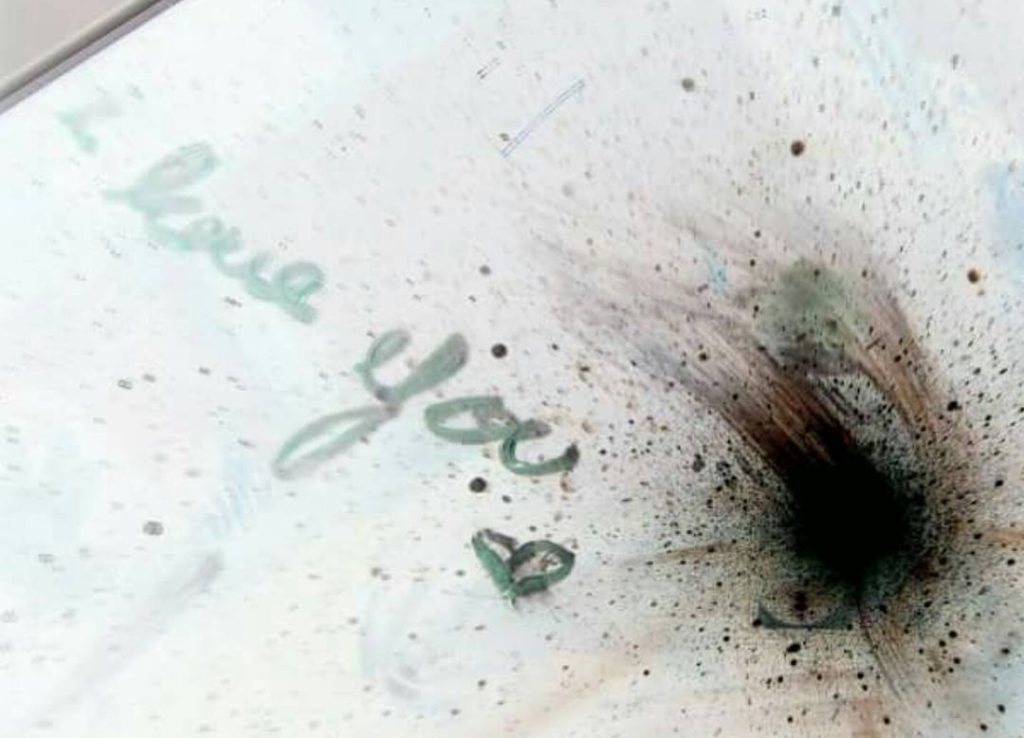
For me, practicing happiness was realizing where change began. Through practising change within myself, I learned one of the most essential and pivotal lessons of my lifetime (so far). In my experience, I have discovered that the further away from happiness I am, the more I crave something beyond my control to change or shift, to alter the dynamic of my life. Perhaps you are familiar with this experience. It can look like wishing to win the lottery to be able fix your current circumstances, or it can look like anger towards the government for not providing you with whatever you require for your needs to be met. It can look like frustration with your peers for not treating you with the respect you feel you deserve, or it can be longing for company or intimacy. Things like this, I have learned, is just like screaming into a void. You can stomp your feet and cry at the top of your lungs, but all that happens is the frustration from within you grows and builds until you completely exhaust yourself. You find yourself without any energy or motivation for a long while, and then eventually, something will spark again for you to keep shouting. Maybe for the same thing, maybe for something different, but the frustration that built inside you before still exists, so this time, it will only be greater and you will only become angrier and angrier until you crash again, but when you crash this time, you will be more defeated than you were in the first place. And so, it goes angrier, more defeated, angrier, more defeated, until… well, until what is left? It is a vicious cycle that I have only been able to break by promoting change within myself, instead of hoping the change stems from somewhere else. The more I worked on building myself, the less desire I had for my surroundings to change for my benefit.
My motivation to fight for myself was to feel less trapped and angry in the world around me.
For me, practicing happiness was learning how to ignite motivation. Earlier, I had mentioned that I treat external positivity as a stepping-stone to continue forward through my journey to happiness, but I did not really touch on where to go from there. In truth, I have found that there are two excellent beginning propellers that I use to push me forward when I have collapsed for too long. The first is external positivity, but the second is frustration with doing nothing. Frustration with doing nothing looks like spending too many days in bed when I have found myself in a very defeated mindset and finally, the pent-up energy from inside me screams “DO SOMETHING!” Oftentimes, it is hard to know where to go from there. Oftentimes, I still do not want to go anywhere.
External positivity, as I have said, looks like something or somebody else providing me with a small source of happiness. This used to be something I just appreciated and was grateful for in the moment, but this was before I learned to see this as a propeller.
Somewhere along my journey, I trained myself to see both of these things as an advantage point to move on to my next stepping-stone, and I created a default stepping-stone for when I have that feeling of “where do I go from here?” My default stepping-stone is something creative. For who I am as a person, imagination is my biggest motivator and it is something that I know I will always have the desire to dive into. So, when I am granted an opportunity to use one of my propellers, I immediately ask myself, “what is something I can do with my imagination in this moment?” It never really ends up being something that I plan on using as a tool towards success, or something I wish for there to be lasting value in, the bottom line, in those moments, is that I act on something that begins from within my mind. Sometimes, it is in the form of song lyrics. Other times, it is a creative combination of colorful eyeshadow at midnight, when I have no where to go or no one to impress. Sometimes, it is editing a photo with a free Android app, other times, it is a doodle on a scrap piece of paper. All of the photos that I have scattered through this post are from different times where I have executed my use for this stepping-stone. They are not anything of importance, but they are something.
My imagination is, and always has been eminent to me, so having this as my first self-made, and vital stepping-stone is practical for me in two ways: the first, like I have said, is that it is something I know I will always be willing to explore so it is easy for me to begin there, regardless of my circumstances. The second, is I always feel proud and excited when I use it, so after I have done one of these tiny imaginative tasks, I am eager to carry forward into other steps, and I am determined to move towards new directions, towards my goal of happiness and fulfillment. Oftentimes, it motivates me to begin a new, full creative project, and I am always at my peak of joy when I am motivated by imagination.
My motivation to fight for happiness is to thrive in, and with my imagination.

For me, practicing happiness was discovering and realizing where mutual love within my life existed. This one was especially challenging for me because I tend to love deeply, trust easily, and expect the best out of people. This means that far too often I give my love to those who do not return it. I care endlessly about anyone who wanders their way into my life. I do not think I have ever let go of care to anyone who has ever existed in my life, regardless of how they may have hurt me in the past.
Taking the time to find mutual love meant focusing on the people who encouraged me in my every expedition, every new project I took on, and every self exploration. It meant focusing on the people who built me up, and who sacrificed their time to create a space for me and my happiness. It meant focusing on the people who had the desire and ambition to gift me external positivity and taking the time to recognize and appreciate their gifts. It also meant acknowledging if these were people I had equal desire to serve for. After all, selfish relationships are just as damaging, lacklustre, and discouraging as relationships I have given myself too much to. The number one person who I have equal love for in my life is my sister. We have always balanced each other out and we are always the first for each other to help one another. For example, when I was defeated after just getting out of a wildly unhealthy relationship, she spent every day for several months doing whatever she could to help me get back to the version of myself I know and love best. She got me out of bed by taking me with her on her walks, and by creating atmospheres that my energy excels best in. Through her, I have made most of my valuable connections with friends, and with her, we have created a group of love and strong, everlasting support. Through practising happiness, I have been able to maintain these invaluable connections that we, together, have formed. We built something powerful and with her, my closest friends, my boyfriend, and my parents, I am confident that I will always have a solid foundation of support and assistance whenever I may need it. I did not always have a foundation so solid and vast, but I have been able to find and keep it after continuously practising my own happiness.
My motivation to fight for happiness was to be able to create and maintain strong and everlasting bonds.

For me, practicing happiness was learning when to ask for help. This is another one that has been especially difficult for me because the idea of being a burden on anyone is tremendously weighing on me. There have been instances in my life where I had waited far too long to seek help and I found myself in a place so broken and lost that I was unsure I would be able to find myself again. When you are broken, you are clouded, like I mentioned before. The more clouded you become, the easier it is to make mistakes, and the far more severe those mistakes can grow. The most regrettable decisions I have ever made have always happened when I was in a place of despair and emptiness. In desperation, I have blinded myself to what is good and right, and I have acted in ways that I thought were just tactics to survive, and I have made unforgivable mistakes simply and only out of irrational, but colossal fear that had been growing within myself for years for the lack of seeking help. Once I had finally opened up, and pleaded for the help that I absolutely, desperately needed, once I had taken a deep, hard look into myself and recognized that I did in fact need help, through my family and my friends, I was able to find my way back. I was able to build myself back into the girl I wanted to be, and so, I was able to avoid going to a place where I would no longer be tempted or tricked into making more mistakes.
My motivation to fight for happiness was to ensure I could never be capable of inflicting hurt onto anyone else.

The reason I am writing this all down is because I hope to encourage you to fight for your own happiness. It is to remind you that happiness itself is not a myth, but there are a lot of myths that go along with it. It is the sensation of fulfillment, sure. It is being in a content state of bliss, sure. However, it is not something that is stumbled upon. It is not something that lasts without work. It requires dedication, drive, resilience, and perseverance. Read this post as many times as necessary. Take from it what works for you and leave behind what does not. From there, find what works for you and continue to discover all the avenues you can take to accomplish and maintain your own happiness.
Take extra note that I said the word “maintain” because it requires a hell of a lot of maintenance. I am not always doing all the things that I mentioned in this post, and I am not always happy, but I am always fighting for my happiness; always practising it in one form or another.
“I am not always doing all the things I mentioned in this post.” I am careful not to take on more than I can handle in whatever present moment I am in. This is crucial. Do too much, and you will become overwhelmed with whatever it is you are doing.
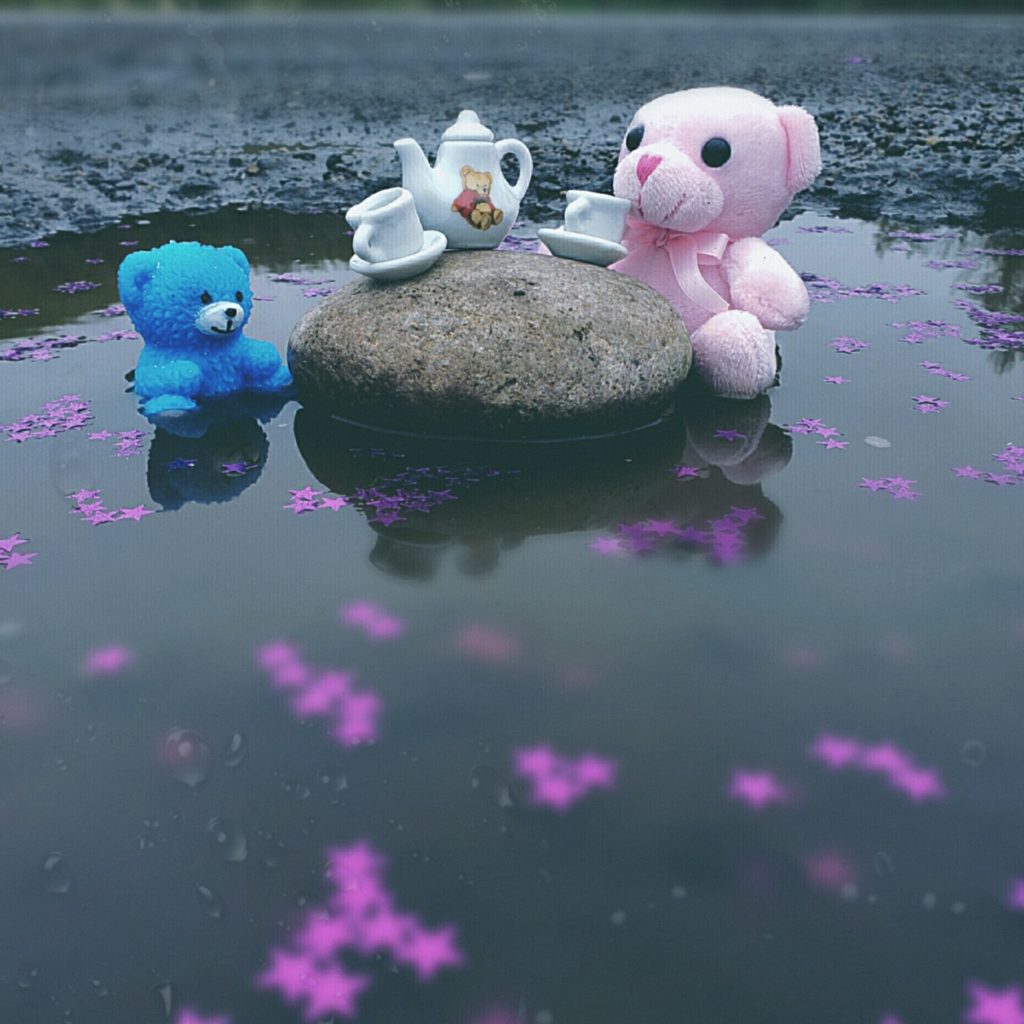
Practicing happiness is like practicing anything else. You are not going to attempt to learn Flight of the Bumblebee the first time you tickle the keys of a piano. First, you need to learn the notes, and memorize where your hands should be on the keys. You are not going to know how to build a motor if you are handed all the parts. First, you need to know what each part is, and what their relationship is with each other. My point is that the word practice is just as essential as the word happiness. It will come with time and effort. It will waver in excellence. It will often seem impossible, but as long as you are practicing, you will get there.
Most importantly, as long as you are practicing, you are building yourself a map. You are teaching yourself how to climb back up after you fall. You are making it so you will not fall as hard and stay defeated for as long the next time something happens, because life happens. Life is filled with disappointments and pain, and around any corner, something can go wrong. It can be something big or something small, but inevitably, horrible things are bound to happen. When those things happen, believe me, it is amazing to have a map to refer to in order to find your way back to joy, gratitude, and fulfillment.
The next time someone says to you, “choose to be happy,” instead choose to hear, “practice being happy.” I highly recommend it.


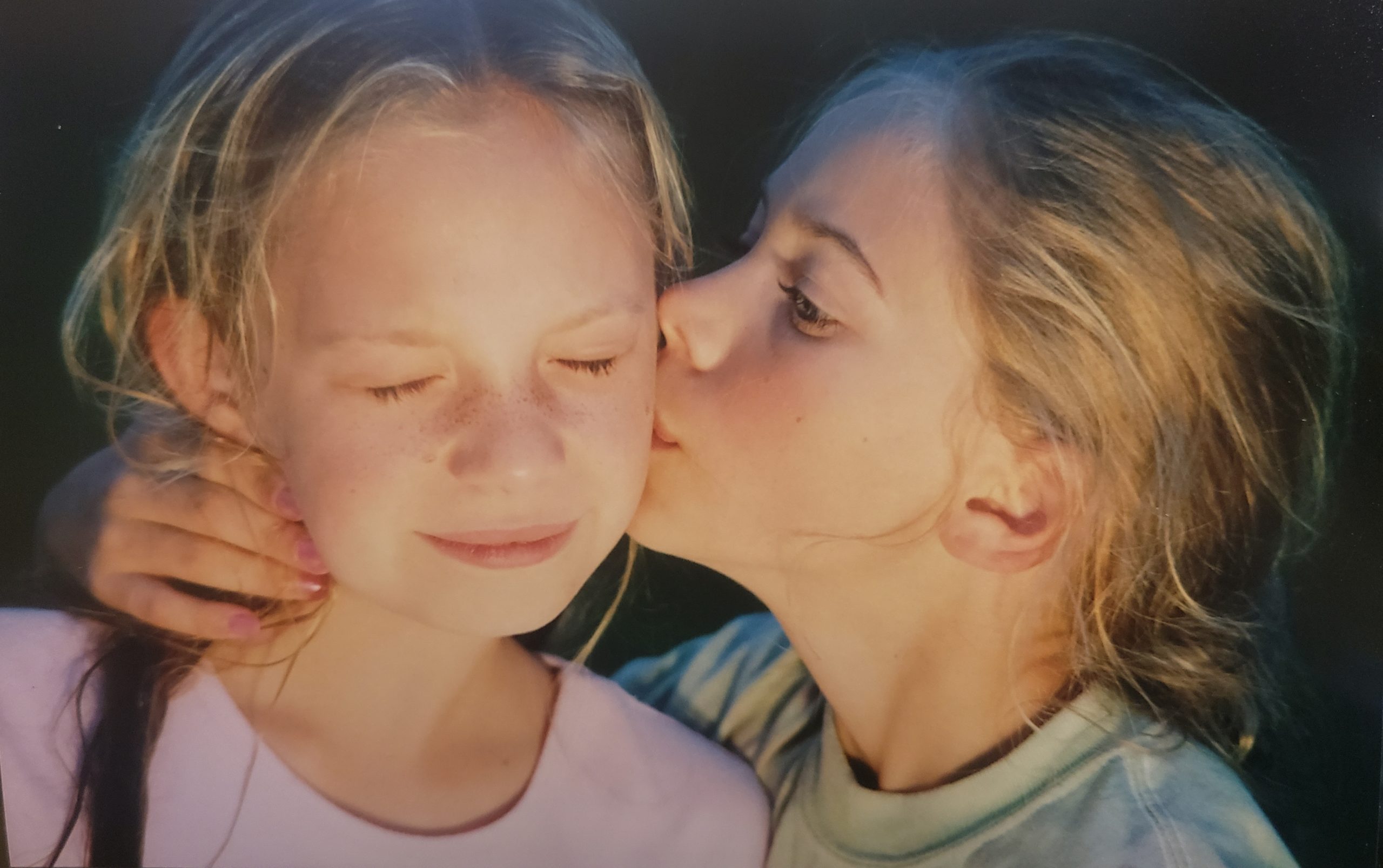

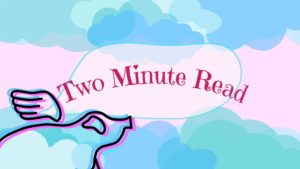




Dale
Well written. You are talented beyond your years.
Danika
Thank you so much! I really appreciate the comment. ♡
Urge to XPLORE
Very aptly described. Beautiful and timely.
Danika
Thank you; for reading, taking the time to offer feedback, & for your kind words.
Greg
I really enjoyed another adventure into your thinking Danika. Excellent blog. I sense your natural want for helping to be a great key to happiness, and as the thread that weaves through all of this very interesting read.
Danika
Thank you! As usual, I appreciate the kind words. & I feel like you have a deeper understanding of my words than most. ♡
Jimmy Clare
I need to practice being more happy
Danika
I think that we all do! thanks for reading
thanks for reading
Alyssa
I really appreciate your post! Choosing to be happy is much more difficult than it sounds. Your perspective is interesting and really makes me think. Thank you
Danika
Thank you so much for reading! I’m so glad you got something from what I had to say. ♡ I hope you find yourself back here from time to time & that you continue to have interest in my words.
I’m so glad you got something from what I had to say. ♡ I hope you find yourself back here from time to time & that you continue to have interest in my words. 
Anita
Really nice post. Truly happiness starts from within and I love what you wrote on, it’s not when you pass on, it’s what you pass on. It has really left me with something.
Danika
Oh my goodness, I’m so glad to hear it! Thank you for reading, I’m happy you enjoyed what I had to say. I hope you return here again soon. ♡
Reviving A Zombie [Part 1] • Danika's Memory Box
[…] you’ve been here a while, you know that there’s one thing I preach often; “Always fight to be the version of yourself that you love the most and are the proudest of.” […]
Master Manipulation • Danika's Memory Box
[…] is something you should be doing regardless of anything else. I’ve talked about this before in Practice Being Happy as I believe it is a core foundational element of […]
Lani
As Within, So Without. As Above, So Below! Happiness comes from within, it is a choice, a decision that stems from our mind, which affects our emotions and then reflects in our actions. The happier our emotions make us feel the more we crave the experience. I’m happy to practice feeling happy but sometimes outside forces make it difficult-so thanks for this reminder!